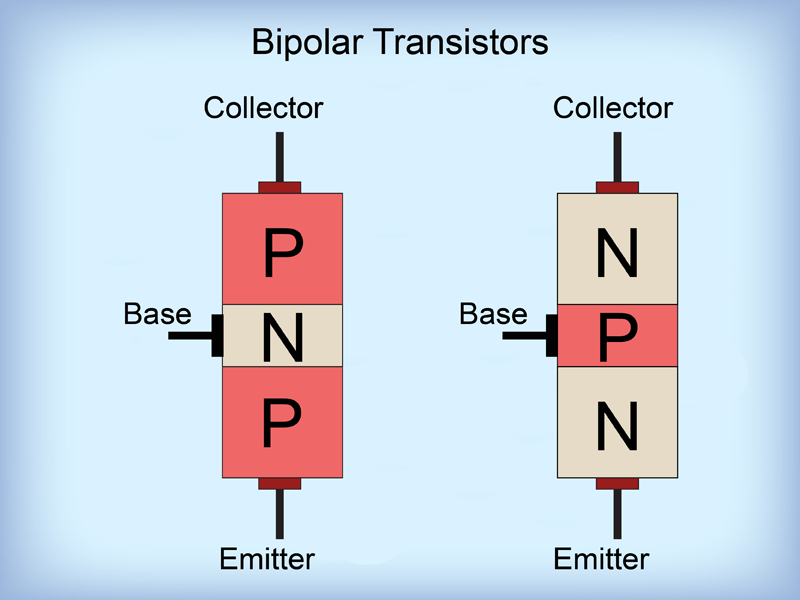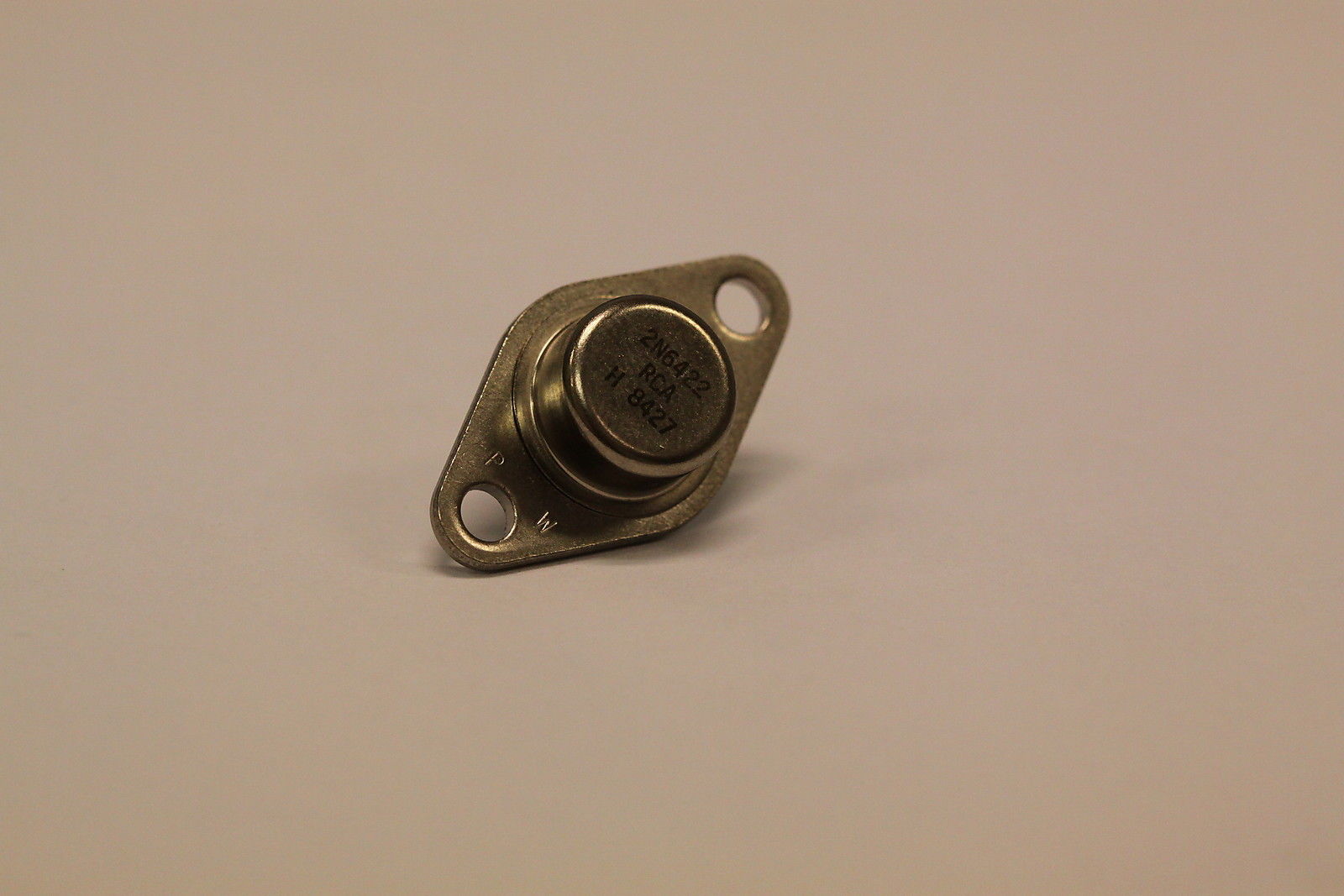


The electrodes for each junction transistor are: emitter, base, and collector. In this transistor, a single n-type semiconductor layer is sandwiched between two p-type semiconductor layers.īipolar junction transistors are formed by sandwiching either n-type or p-type.

In this transistor, a single p-type semiconductor layer is sandwiched between two n-type semiconductor layers. Junction transistor are also types based on their construction. Junction transistor are used more than point type transistor. There are two types of transistors, i.e., point contact and junction transistor in bipolar junction transistors. The device mode of a semiconductor is transistor. Since a semiconductor has less resistance to flow current in one direction and high resistance in another direction. Its doped between emitter and base means moderately doped, but it is always greater than emitter and base in size. Base is very lighted doped.Ĭollector − It collects charge carriers. Emitter is always greater than base.īase − Base is middle layer in BJT which is thin compared to emitter and collector. It is highly doped so that it can inject a large number of charge carriers into the base. There are three terminals in bipolar junction transistors are explained below.Įmitter − It supplies charge carriers. Terminals of Bipolar Junction Transistors
#Bipolar junction transistor free#
Electronic current is conducted by both free electrons and holes in bipolar junction transistor. The basic symbols of BJT are n-type and p-type. Unlike a normal p-n junction diode, this transistor has two p-n junctions. It is solid state device that flows current in two terminals, i.e., collector and emitter and controlled by third device known as terminal or base terminal. A Bipolar Junction Transistor (BJT) is a three terminal circuit or device that amplifies flow of current.


 0 kommentar(er)
0 kommentar(er)
